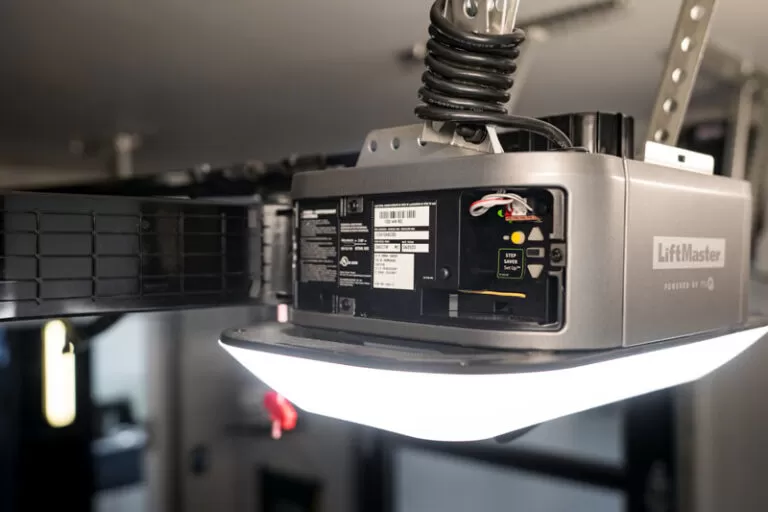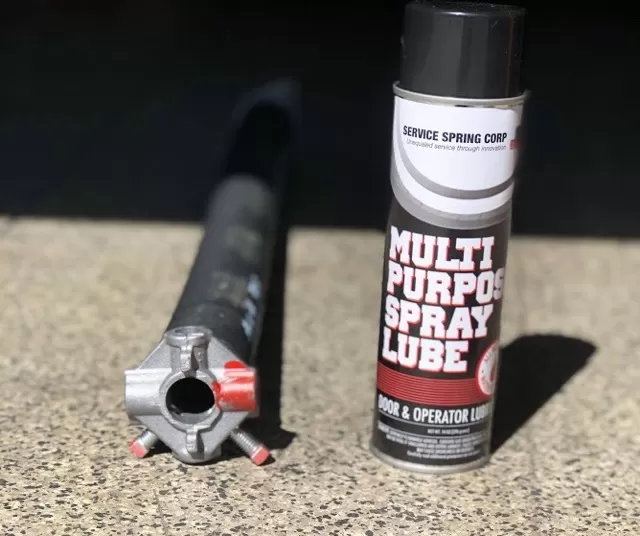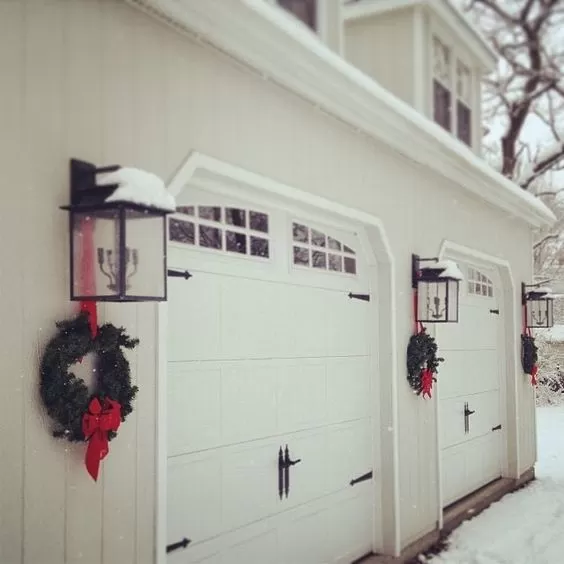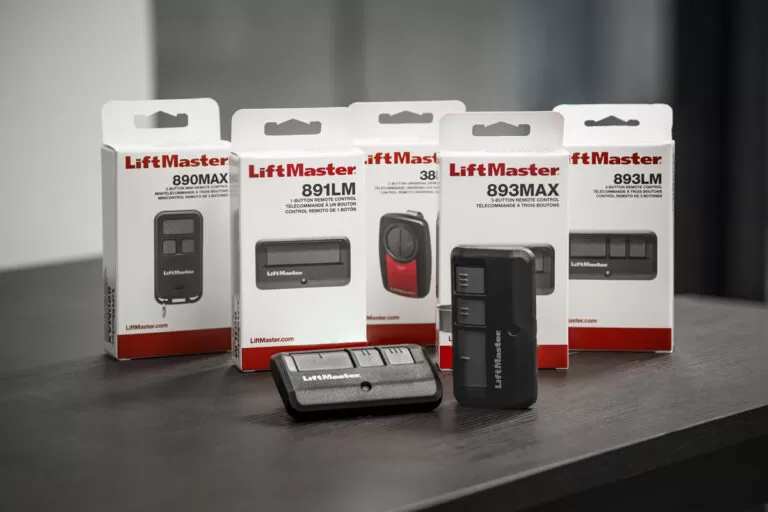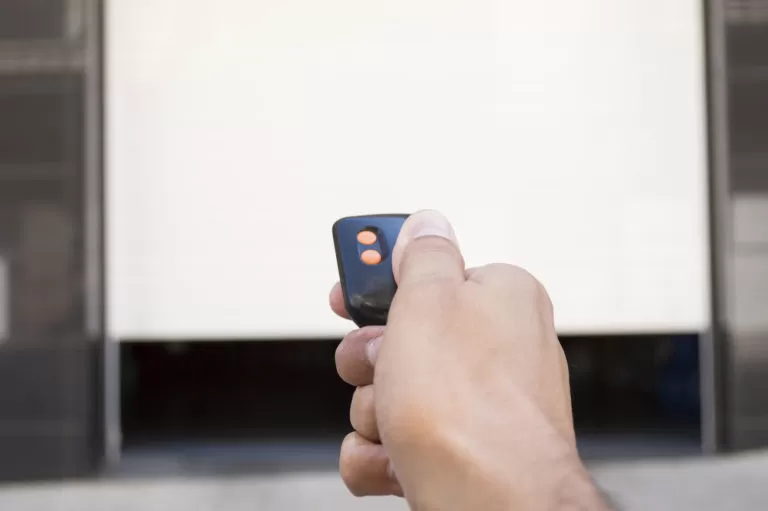Your furry feline friend is an irreplaceable part of your family. You love having him around and wouldn’t want to change him, but all the same… it often feels like you’re acting as a doorman for his capricious whims. Inside, outside, in, out, in, and then out again.
This could all change if you had a pet door.
While many people install a pet door in their kitchen to allow a cat or dog to easily go into the house, and then out in the yard, many times what we want is a pet door for our garage. However, garage doors often prove to be unique challenges that can’t be solved with online tutorials.
Benefits of a Pet Door in Your Garage
Many people hold off on having a pet door that enters directly in their house because of security problems. It could create a drain on your air conditioning or heating. It could also provide direct access for less familiar critters, like raccoons or squirrels, or just stray cats and dogs.
However, the problem remains that you want your pet to be able to get in and out when you’re not there to hold the door. For example, what if your cat was being chased by a stray dog? What if they got left out and it was too cold for comfort? What if you go out of town and you want them to be able to access their food without being cooped up inside the whole time?
There are also distinct benefits of pet doors, particularly for energetic dogs. A pet door will let them get exercise, reduce problematic behavior that may be caused by boredom, and prevent having to clean up after accidents that happen when your puppy or elderly dog just can’t hold it in anymore.
For many families, having a pet door in their garage instead of directly into their house can solve these problem. Obviously, it will depend on your situation, but consider it a nice middle-ground between your house’s security, and your pet’s safety and comfort.
How To Install A Pet Door
First, consider carefully what kind of pet door you want to have. It might be one that only goes one way, or one that has insulation qualities. Think about your primary consideration (which could be letting your pet out during the day, allowing them to get inside somewhere safe if you’re not around, or both) and weigh it against the risks in order to determine what kind of door you’ll need. Remember, with pet doors, often a higher investment is worthwhile. Well-constructed flaps will keep bugs and outside temperatures from getting in as much, and hold up for longer.
Second, carefully measure your pet to determine what size you’ll need. In fact, see if your pet can pass through the door before you install it.
Thirdly, you’ll need to consider what kind of garage door you have. Wooden garage doors are obviously the easiest to install a pet door on yourself, but a steel or vinyl door can cause more challenges.
Depending on the door, though, you have the option of replacing panels in order to customize ad accommodate the entry points. Contact us for more information about customizing your door and providing professional repairs and maintenance to make sure that your pet door doesn’t compromise the integrity of your door, and the garage as a whole.
